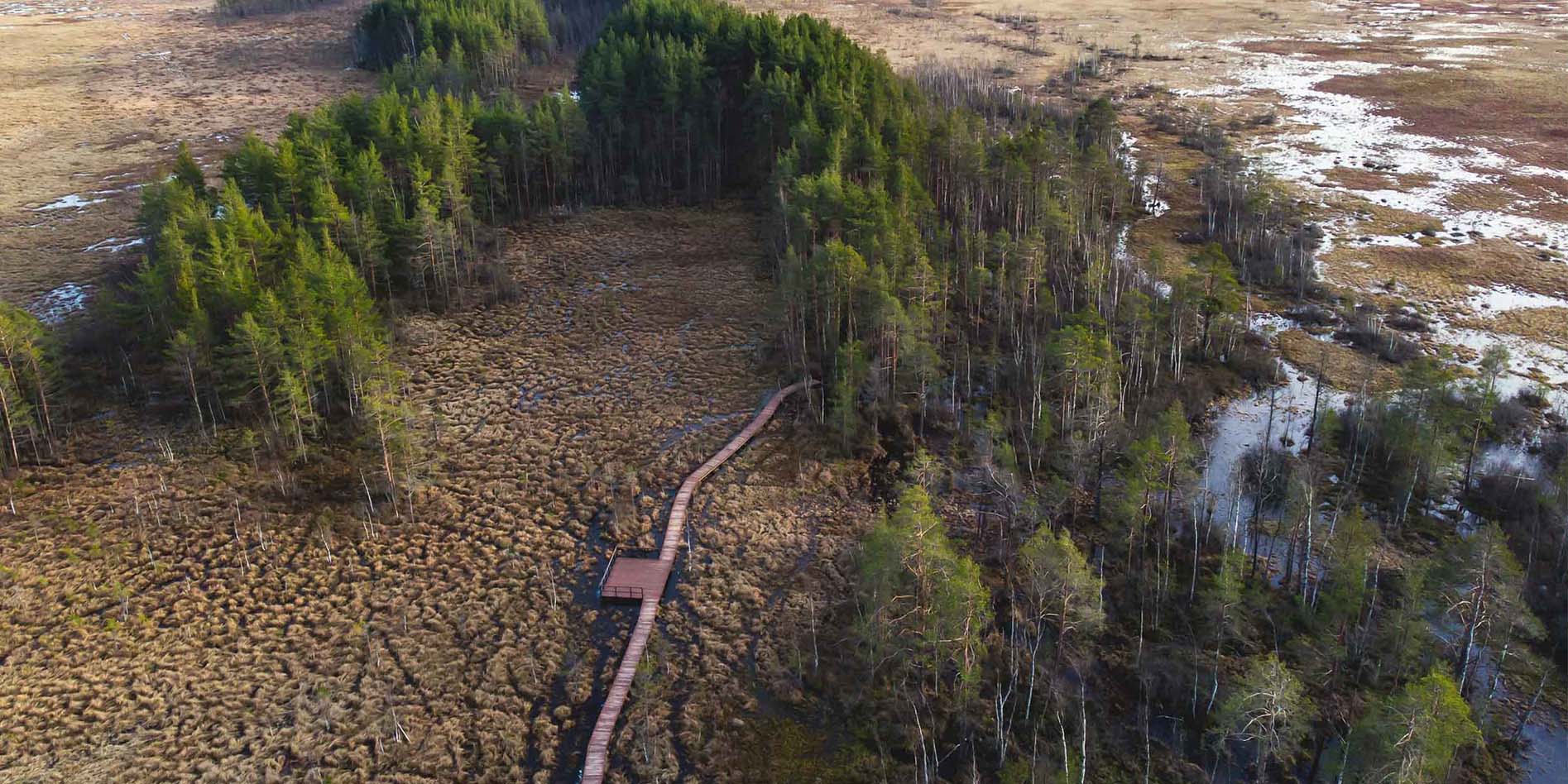Zurich’s Global Risks Report 2023: Climate change is still the biggest threat
SustainabilityArticle17 February 2023
After another year of extreme weather, it comes as no surprise that the Global Risks Report 2023 highlights climate change as the major hazard facing the world for the next 10 years.
The past 12 months have seen war in Europe, inflation and growing cost-of-living crises, but climate change still heads the list of global risks over the next decade, Zurich research has found. It’s also the global risk for which the world is the least prepared.
Zurich’s 2023 risk survey (see What is the Global Risks Report?) reveals that three of the top five risks up to 2025 are the cost-of-living crisis, geo-economic confrontation, and societal polarisation. The risk of natural disasters and extreme weather events, along with the failure to mitigate climate change, also make it into the top five.
In the longer term, however, the threat posed by climate change looms ever larger.
Five of the top six risks in the next decade concern the environment and the impact of climate change. Even the odd one out – the risk posed by large-scale involuntary migration – is related to climate change, with massive numbers of people expected to become climate-change refugees over the coming decades.
Climate change is ranked as the biggest threat out of more than 30 global risks, but it is also seen as the one for which we are the least prepared; 70% of survey respondents rated existing measures to prepare for or prevent climate change as ‘ineffective’ or ‘highly ineffective’.
Climate change already costs Australia billions
The threat posed by climate change is already being felt in Australia. The record rainfall and subsequent flooding around Australia in 2022 and 2023 were just the latest in a series of natural disasters driven by climate change. They followed several seasons of bushfires, heatwaves and droughts, all of which are predicted to become more severe and frequent in years to come.
These events have terrible human consequences in terms of lives lost and communities destroyed. They also have a huge financial toll.
The annual cost of extreme weather events in Australia will reach A$35 billion by 2050, or an average A$2,500 per household, the Insurance Council of Australia predicts in a 2022 report .. This figure is only for the direct cost of damage to homes and infrastructure. It doesn’t include the wider economic impacts on jobs, lost production, food shortages and health.
Alongside these more frequent severe weather events, climate change is altering Australia's rainfall patterns. While some parts of the country have seen increased rainfall, other areas such as Western Australia’s wheatbelt region have experienced significant declines. Biodiversity in the region also has been affected, with many species of plants, insects and animals unable to adapt to rapid climate change. This can lead to a decline in biodiversity and potentially the collapse of entire ecosystems with far-reaching consequences for both nature and human society.
Climate change also poses direct threats to human health. There is a higher incidence of heat-related illnesses during extreme weather events such as heatwaves. Other potential impacts include an increase in mosquito-borne diseases such as Murray Valley encephalitis, or poor mental health among people displaced by floods and bushfires.
What can be done?
Given the dire consequences of climate change, it may be expected that progress on reducing greenhouse gas emissions would be a priority. However, the Global Risks Report highlights the failure of the international community to both mitigate climate change and adapt to its impact.
The current focus of international mitigation efforts is the Paris Agreement. Drafted in 2015, the Agreement saw 195 nations commit to taking action to keep the rise in mean global temperature to well below 2oC above pre-industrial levels, and preferably to limit the increase to 1.5oC. But many experts have criticised it for not being ambitious enough to reach those targets – even if all the signatories do meet their commitments.
The Australian government has pledged to reduce its greenhouse gas emissions to 43% below 2005 levels by 2030 and to achieve net zero emissions by 2050. While Australia has reduced its overall emission levels by about 22% since 2005, there was no reduction at all in the year to June 2022. Australia will need to reduce its emissions at an average annual rate more than 40% faster than it has since 2009 to reach its target.
A sustained effort
The threat of climate change and environmental disasters will be a major concern for global risk assessors over the next 10 years. Overcoming these dangers will require a sustained effort from governments, businesses and individuals to tackle the root cause and prepare for the inevitable disruption. A more ambitious and coordinated approach is needed to ensure a sustainable future for us all.
How much is Australia warming?
Australia’s climate has warmed by an average of 1.47oC (+/- 0.24oC) since records began in 1910, according to the Bureau of Meteorology and CSIRO. The oceans around Australia have warmed by more than 1oC over the same period, leading to increased acidification of the ocean which, in turn, has a negative impact on ecosystems such as the Great Barrier Reef.
What is the Global Risks Report?
The Global Risks Report is an annual survey produced in collaboration with Zurich Insurance Group for the World Economic Forum conference held in Davos, Switzerland. The report brings together more than 1,200 experts across academia, business, government, civil society, and the international community to analyse the most significant risks facing the world and how well we are prepared to deal with them.
The report ranks the impact or severity of risks over the next two years and the next 10 years and then imagines a mid-term future of ‘polycrises’ combining all the identified risks up to 2030.
Top five risks to 2025
- Cost of living crisis
- Natural disasters and extreme weather events
- Geo-economic confrontation
- Failure to mitigate climate change
- Erosion of social cohesion and societal polarisation
Source: The Global Risks Report 2023
Top five risks to 2033
- Failure to mitigate climate change
- Failure of climate-change adaptation
- Natural disasters and extreme weather events
- Biodiversity loss and ecosystem collapse
- Large-scale involuntary migration
Source: The Global Risks Report 2023



